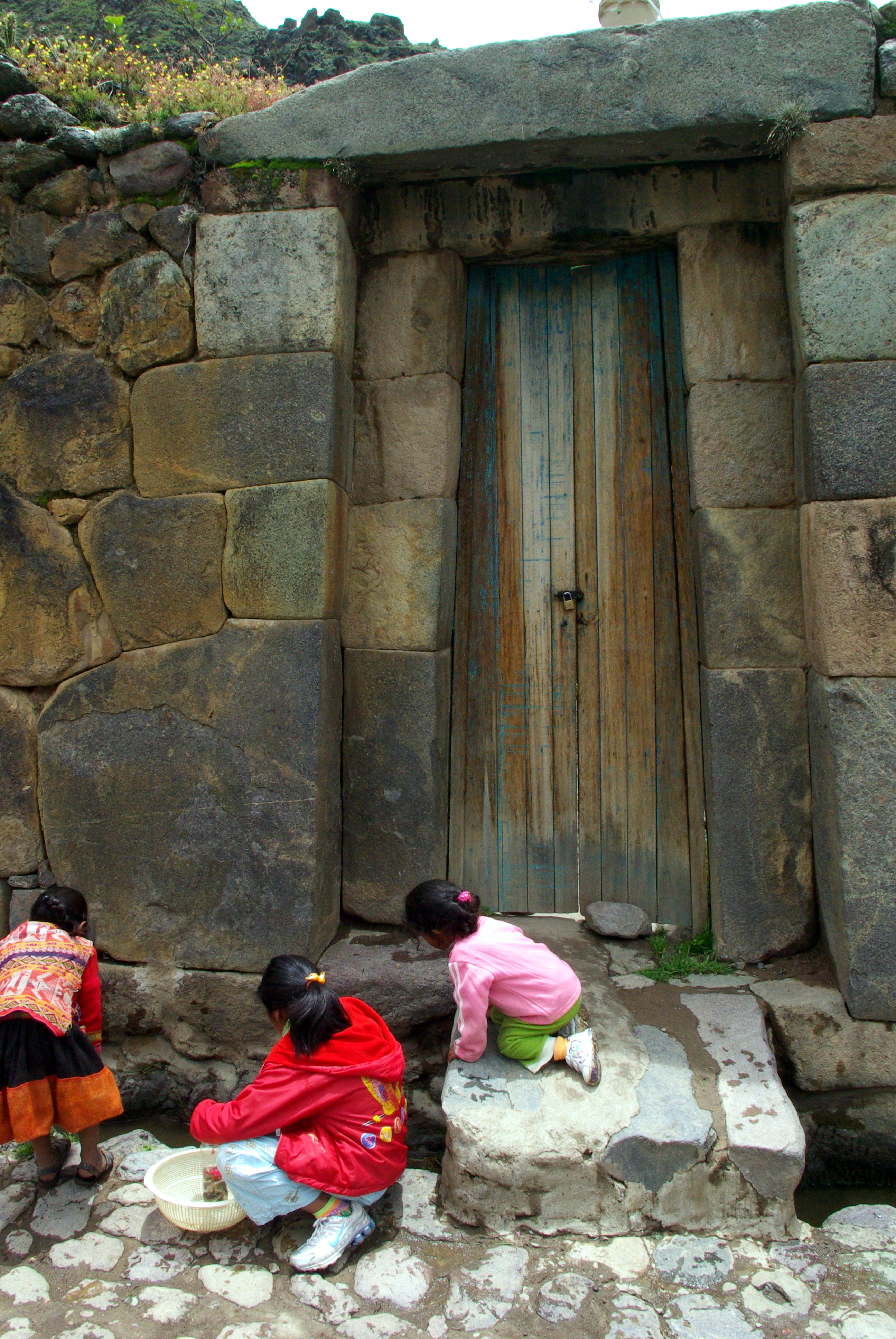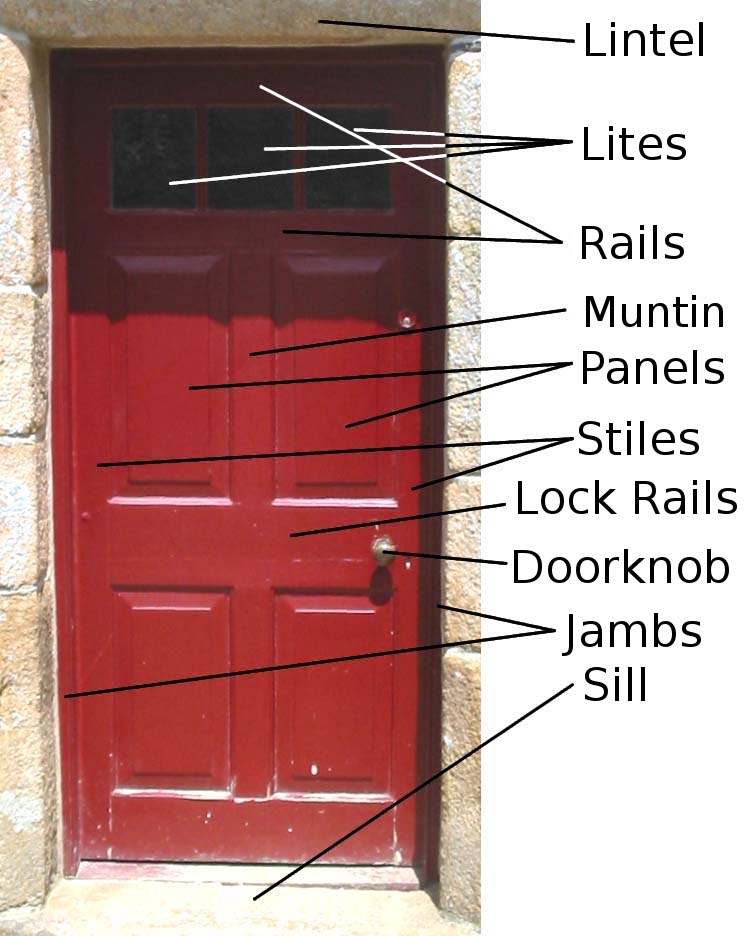|
Inca Kancha
file:Maqueta de edificaciones incas. Museo de América 01.jpg, Model of an Inca kancha A kancha is an Inca rectangular or trapezoidal walled enclosure composed of single-room buildings that face onto a common open courtyard or inner patio in the middle of the enclosure. Kanchas are widespread in the Inca Empire and normally have only one entrance gate. An Inca kancha includes constructions intended for a single function:Gasparini, Graziano; Margolies, Luise (1977). Arquitectura inka - Centro de Investigaciones Históricas y Estéticas, Facultad de Arquitectura y Urbanismo Universidad Central de Venezuela - Caracas housing, temples, palaces. In Cusco, the capital of the Empire there existed many kanchas, among them the Coricancha, the Sun temple, the Hatunkancha that housed the house of the acclas (chosen women of the sun) and Amarukancha, the large hall facing the main square called Huakaypata. Other notable kanchas are found in Ollantaytambo and Patallaqta.Morris, Craig; Covey, ... [...More Info...] [...Related Items...] OR: [Wikipedia] [Google] [Baidu] |
Cuzco (1981) 13
Cusco or Cuzco (; or , ) is a city in southeastern Peru, near the Sacred Valley of the Andes mountain range and the Huatanay river. It is the capital of the eponymous province and department. The city was the capital of the Inca Empire until the 16th-century Spanish conquest. In 1983, Cusco was declared a World Heritage Site by UNESCO with the title " City of Cusco". It has become a major tourist destination, hosting over 2 million visitors a year and providing passage to numerous Incan ruins, such as Machu Picchu, one of the Seven modern wonders of the world and many others. The Constitution of Peru (1993) designates the city as the Historical Capital of Peru. Cusco is the seventh-most populous city in Peru; in 2017, it had a population of 428,450. It is also the largest city in the Peruvian Andes and the region is the seventh-most populous metropolitan area of Peru. Its elevation is around . The largest district in the city is the Cusco District, which has a populat ... [...More Info...] [...Related Items...] OR: [Wikipedia] [Google] [Baidu] |
Pukara
Pukara ( Aymara and Quechuan "fortress", Hispanicized spellings ''pucara, pucará'') is a defensive hilltop site or fortification built by the prehispanic and historic inhabitants of the central Andean area (from Ecuador to central Chile and northwestern Argentina). In some cases, these sites acted as temporary fortified refuges during periods of increased conflict, while other sites show evidence for permanent occupation. Emerging as a major site type during the Late Intermediate Period (-1430AD), the pukara form was adopted in some areas by the Inca military in contested borderlands of the Inca Empire. The Spanish also referred to the Mapuche earthen forts built during the Arauco War in the 16th and 17th centuries by this term. Today, the term is commonly found in toponyms of the Andes region, e.g. Andalicán, Pucará de Angol, Camiña, Cañete, Nama, Quiapo, Tilcara, Turi, Pucara del Cerro La Muralla, Pukara of La Compañía, Pukara de Lasana, Pucará de Belén ... [...More Info...] [...Related Items...] OR: [Wikipedia] [Google] [Baidu] |
Qullqa
A qullqa ( "deposit, storehouse"; (spelling variants: ''colca, collca, qolca, qollca'') was a storage building found along roads and near the cities and political centers of the Inca Empire. These were large stone buildings with roofs thatched with "ichu" grass, or what is known as Peruvian feathergrass ('' Jarava ichu''). To a "prodigious xtentunprecedented in the annals of world prehistory" the Incas stored food and other commodities which could be distributed to their armies, officials, conscripted laborers, and, in times of need, to the populace. The uncertainty of agriculture at the high altitudes which comprised most of the Inca Empire was among the factors which probably stimulated the construction of large numbers of qullqas. Background The pre-Columbian Andean civilizations, of which the Inca Empire was the last, faced severe challenges in feeding the millions of people who were their subjects. The heartland of the empire and much of its arable land was at elevations ... [...More Info...] [...Related Items...] OR: [Wikipedia] [Google] [Baidu] |
Tambo (Incan Structure)
A tambo ( Quechua: ''tampu'', "inn") was an Inca structure built for administrative and military purposes. Found along the extensive roads, tambos typically contained supplies, served as lodging for itinerant state personnel, and were depositories of quipu-based accounting records. Individuals from nearby communities within the Inca empire were conscripted to maintain and serve in the tambos, as part of the mit'a labor system. Tambos were spaced along Inca roads, generally about one day's travel apart. Characteristics and functions The Incas built many of their tambos when they began to upgrade their empire-wide road system during the reign of Thupa Inka Yupanki from 1471 to 1493. Scholars estimate there were 2,000 or more tambos.D’Altroy, Terence N. The Incas. Blackwell Publishing, 2003, pg. 238. Given this amount, the sheer variety of tambo size and function are hard to fully describe. At a minimum, tambos would contain housing, cooking facilities, and storage silos called ... [...More Info...] [...Related Items...] OR: [Wikipedia] [Google] [Baidu] |
Inca Architecture
Inca architecture is the most significant pre-Columbian architecture in South America. The Incas inherited an architectural legacy from Tiwanaku, founded in the 2nd century B.C.E. in present-day Bolivia. A core characteristic of the architectural style was to use the topography and existing materials of the land as part of the design. The capital of the Inca empire, Cuzco, still contains many fine examples of Inca architecture, although many walls of Inca masonry have been incorporated into Spanish Colonial structures. The famous royal estate of Machu Picchu (Machu Pikchu) is a surviving example of Inca architecture. Other significant sites include Sacsayhuamán and Ollantaytambo. The Incas also developed an extensive road system spanning most of the western length of the continent and placed their distinctive architecture along the way, thereby visually asserting their imperial rule along the frontier. Characteristics Inca buildings were made out of fieldstones or semi-wor ... [...More Info...] [...Related Items...] OR: [Wikipedia] [Google] [Baidu] |
Lintel
A lintel or lintol is a type of beam (a horizontal structural element) that spans openings such as portals, doors, windows and fireplaces. It can be a decorative architectural element, or a combined ornamented/structural item. In the case of windows, the bottom span is referred to as a sill, but, unlike a lintel, does not serve to bear a load to ensure the integrity of the wall. Modern-day lintels may be made using prestressed concrete and are also referred to as beams in beam-and-block slabs or as ribs in rib-and-block slabs. These prestressed concrete lintels and blocks can serve as components that are packed together and propped to form a suspended-floor concrete slab. An arch functions as a curved lintel. Structural uses In worldwide architecture of different eras and many cultures, a lintel has been an element of post and lintel construction. Many different building materials have been used for lintels. In classical Western architecture and construction methods ... [...More Info...] [...Related Items...] OR: [Wikipedia] [Google] [Baidu] |
Jamb
In architecture Architecture is the art and technique of designing and building, as distinguished from the skills associated with construction. It is both the process and the product of sketching, conceiving, planning, designing, and construction, constructi ..., a jamb (), is the side-post or lining of a doorway or other aperture. The jambs of a window outside the frame are called . Small shafts to doors and windows with caps and bases are called ; when in the inside arris of the jamb of a window, they are sometimes called . A doorjamb, door jamb, or sometimes doorpost is the vertical portion of the door frame onto which a door is secured. The jamb bears the weight of the door through its hinges, and most types of door latches and deadbolts extend into a recess in the doorjamb when engaged, making the accuracy of the plumb (i.e. true vertical) and strength of the doorjambs vitally important to the overall operational durability and security of the door. The word ... [...More Info...] [...Related Items...] OR: [Wikipedia] [Google] [Baidu] |
Cancha External Walls In Ollantaytambo With Reinforced Corners
Corn nuts, also known as toasted corn, are a snack food made of roasted or deep-fried corn kernels. It is referred to as ''cancha'' in Peru, ''chulpi'' in Ecuador, and cornick in the Philippines. Preparation Corn nuts are prepared by soaking whole corn kernels in water for three days, then deep-frying them in oil until they are hard and brittle. The kernels are soaked because they shrink during the harvesting and cleaning process, and rehydration returns them to their original size. History Originated in Peru and are called cancha, where they have been prepared for over 1,000 years and still are to this day. You can find them in Ecuador and Brazil as well. Varieties and brands CornNuts Holloway later renamed his product CornNuts. After Holloway and his sons Maurice and Rich learned of a breed of corn grown in Cusco, Peru (often referred to as Cuzco corn) that grew large kernels (some said to have been bigger than a quarter), the company researched developing a hybri ... [...More Info...] [...Related Items...] OR: [Wikipedia] [Google] [Baidu] |
Ollantaytambo Doorway Stevage
Ollantaytambo () is a town and an Inca archaeological site in southern Peru some by road northwest of the city of Cusco. It is located at an altitude of above sea level in the district of Ollantaytambo, province of Urubamba, Cusco region. During the Inca Empire, Ollantaytambo in the Sacred Valley of the Incas was the royal estate of Emperor Pachacuti, after the mid-15th century.de Gamboa, P.S., 2015, History of the Incas, Lexington, He built a town and a ceremonial center there. At the time of the Spanish conquest of Peru, it served as a stronghold for Manco Inca Yupanqui, leader of the Inca resistance. It is now an important tourist attraction on account of its Inca ruins and its location en route to a starting point for the four-day, three-night hike of the Inca Trail. History Human occupation on the site may date back as far as 3,500 years. Some buildings here date to well before the time of the Incas, who conquered it in the mid-15th century. In and around the town o ... [...More Info...] [...Related Items...] OR: [Wikipedia] [Google] [Baidu] |
Huánuco Pampa
Huánuco Pampa, Huánuco Marka (also spelled ''Huánuco Marca'') or Huánuco Viejo, Wanako Pampa, Wanuku Pampa or simply Huánuco is a large archaeological site in Peru in the Huánuco Region, Dos de Mayo Province, La Unión District. The ruins of the city lie on a plateau above the Urqumayu or Vizcarra River in the central Andes. The Incas administered their large empire through a small number of administrative centers, such as Huánuco Pampa. The administrative centers were linked by the extensive Inca road system. The most important of the roads, the Qhapaq Ñan, which ran from Cusco to Quito, passed through Huánuco Pampa. The Inca authorities in Huánuco ruled at least five, and perhaps more, ethnic groups. The city is situated on an important commercial trade route and sits on top of a plateau with ravines on all sides in order to allow easy defense of the city. During the Spanish conquest of the Incas, Huánuco Pampa was briefly occupied by Gomez de Alvarado, who found ... [...More Info...] [...Related Items...] OR: [Wikipedia] [Google] [Baidu] |





